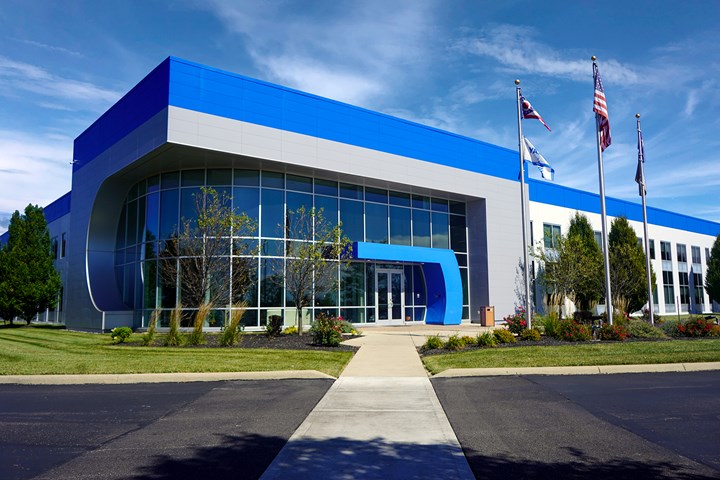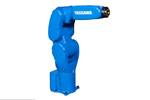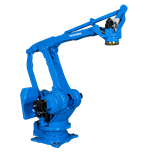Yaskawa Motoman to Expand Robot Manufacturing Headquarters
The 185,000-ft2 addition will nearly double the size of the company’s current production space in Miamisburg, Ohio.
Yaskawa America Inc.’s Motoman Robotics Div. (Dayton, Ohio) will soon be breaking ground on an expansion to its headquarters in Miamisburg, Ohio. The 185,000-ft2 addition will nearly double the size of the company’s current production space as it seeks to meet the growing demand for automation.
With more 400 current employees at this location, the expansion will create 70 new jobs. The additional manufacturing space will be used to engineer, develop, integrate and build robotic systems, as well as providing additional space for the retrofit and rebuild of previously deployed systems.
The company’s current 305,000-ft2 headquarters and manufacturing facility was built in 2011, and at the time, the company purchased additional land to support future growth. Grants from the City of Miamisburg, Montgomery County, and Jobs Ohio will help offset building costs, Yaskawa Motoman said in a release.
Yaskawa Motoman plans to begin the construction process in June 2023, with the work expected to take approximately 12 months, for aprojected completion date of June 2024.

Yaskawa’s proposed expansion to its North American headquarters in Miamisburg, Ohio will break ground in June 2023.
Photo Credit: Yaskawa America
Related Content
-
System Offers 'Lights Out' Mold-Channel Cleaning & Diagnostics
New system automatically cleans mold-cooling lines—including conformal channels—removing rust and calcium, among other deposits, while simultaneously testing for leaks, measuring flow rate and applying rust inhibitor.
-
Ensuring Repeatability: The Key to Effective Injection Molding Automation
One of automation’s key promises is repeatability: the same movement to the same location, time and time again. But to achieve that, all elements involved — robot, machine, EOAT, mold — must be in and stay in alignment.
-
Drones and Injection Molding Ready for Takeoff
Drones and unmanned aerial vehicles (UAV) are approaching an inflection point where their production volumes — and functionality — will increasingly point to injection molding.












